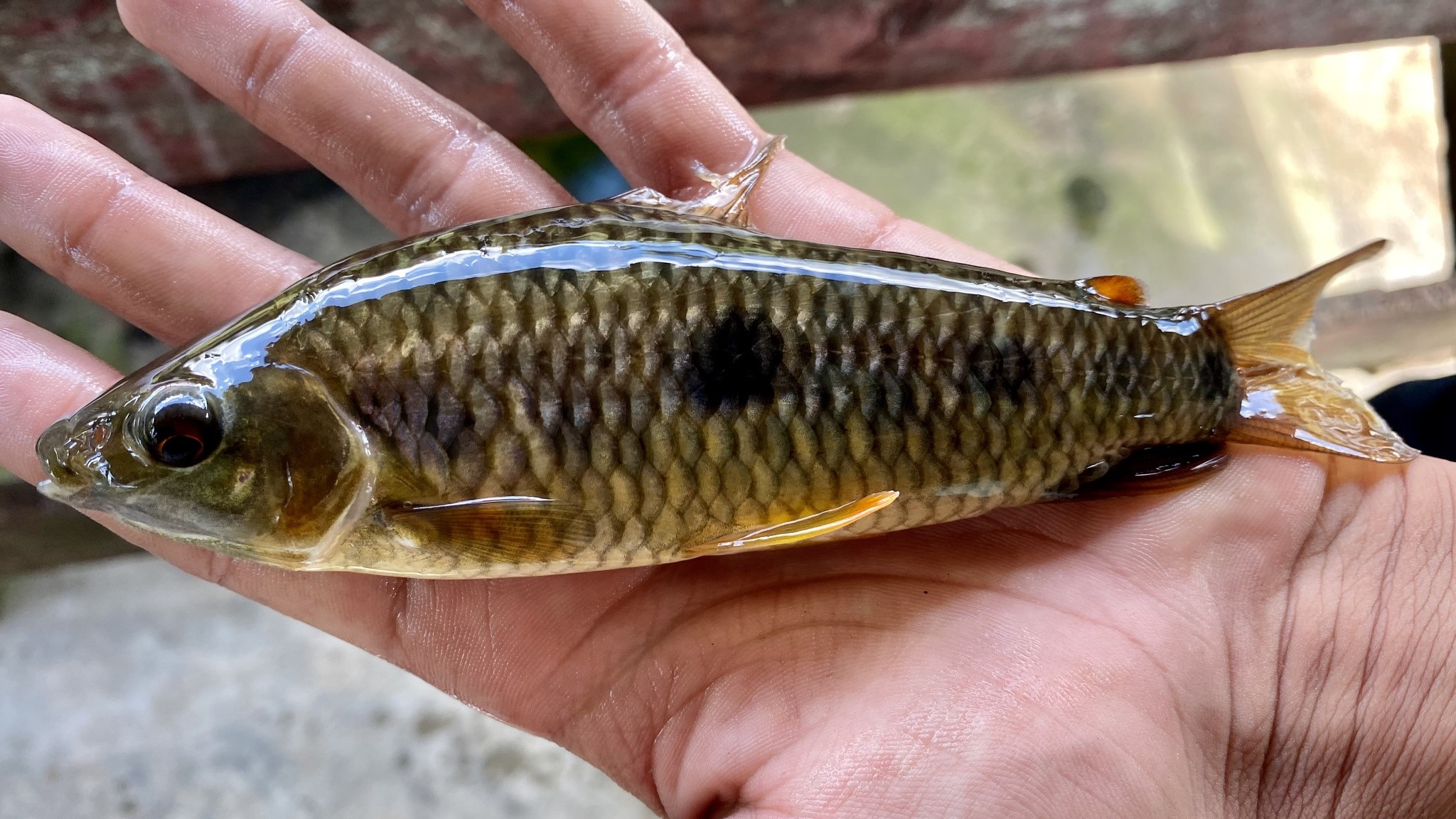Leporinus Apollo on:
[Wikipedia]
[Google]
[Amazon]
 ''Leporinus'' is a
''Leporinus'' is a
''Arrhinolemur scalabrinii'' Ameghino, 1898, of the late Miocene - a taxonomic journey from the Mammalia to the Anostomidae (Ostariophysi: Characiformes).
'' Neotropical Ichthyology, 10 (3): 555–560.''
 ''Leporinus'' is a
''Leporinus'' is a genus
Genus (; : genera ) is a taxonomic rank above species and below family (taxonomy), family as used in the biological classification of extant taxon, living and fossil organisms as well as Virus classification#ICTV classification, viruses. In bino ...
of fish
A fish (: fish or fishes) is an aquatic animal, aquatic, Anamniotes, anamniotic, gill-bearing vertebrate animal with swimming fish fin, fins and craniate, a hard skull, but lacking limb (anatomy), limbs with digit (anatomy), digits. Fish can ...
in the family
Family (from ) is a Social group, group of people related either by consanguinity (by recognized birth) or Affinity (law), affinity (by marriage or other relationship). It forms the basis for social order. Ideally, families offer predictabili ...
Anostomidae
The Anostomidae are a family of ray-finned fishes that belong to the order Characiformes. Closely related to the Chilodidae and formerly included with them, the Anostomidae contain about 150 described species. Commonly known as anostomids, they ...
native to South America
South America is a continent entirely in the Western Hemisphere and mostly in the Southern Hemisphere, with a considerably smaller portion in the Northern Hemisphere. It can also be described as the southern Subregion#Americas, subregion o ...
. The fossil
A fossil (from Classical Latin , ) is any preserved remains, impression, or trace of any once-living thing from a past geological age. Examples include bones, shells, exoskeletons, stone imprints of animals or microbes, objects preserve ...
species
A species () is often defined as the largest group of organisms in which any two individuals of the appropriate sexes or mating types can produce fertile offspring, typically by sexual reproduction. It is the basic unit of Taxonomy (biology), ...
''Leporinus scalabrinii'', known from the late Miocene
The Miocene ( ) is the first epoch (geology), geological epoch of the Neogene Period and extends from about (Ma). The Miocene was named by Scottish geologist Charles Lyell; the name comes from the Greek words (', "less") and (', "new") and mea ...
of Entre Ríos in Argentina
Argentina, officially the Argentine Republic, is a country in the southern half of South America. It covers an area of , making it the List of South American countries by area, second-largest country in South America after Brazil, the fourt ...
, has only recently been added to this genus after being misidentified as a species of primate
Primates is an order (biology), order of mammals, which is further divided into the Strepsirrhini, strepsirrhines, which include lemurs, galagos, and Lorisidae, lorisids; and the Haplorhini, haplorhines, which include Tarsiiformes, tarsiers a ...
under the name ''Arrhinolemur scalabrinii'' for over 100 years.Bogan, S., Sidlauskas, B., Vari, R.P. & Agnolin, F. (2012)''Arrhinolemur scalabrinii'' Ameghino, 1898, of the late Miocene - a taxonomic journey from the Mammalia to the Anostomidae (Ostariophysi: Characiformes).
'' Neotropical Ichthyology, 10 (3): 555–560.''
Species
There are currently 78 recognized species in this genus: † = extinctSynonyms
The following species were formerly placed in ''Leporinus'' but have since been moved to other genera: * '' Hypomasticus copelandii'' was described as ''Leporinus copelandii'' * '' Hypomasticus steindachneri'' was described as ''Leporinus steindachneri'' C. H. Eigenmann, 1907References
{{Taxonbar, from=Q2716527 Anostomidae Fish of South America Freshwater fish genera Taxa named by Louis Agassiz